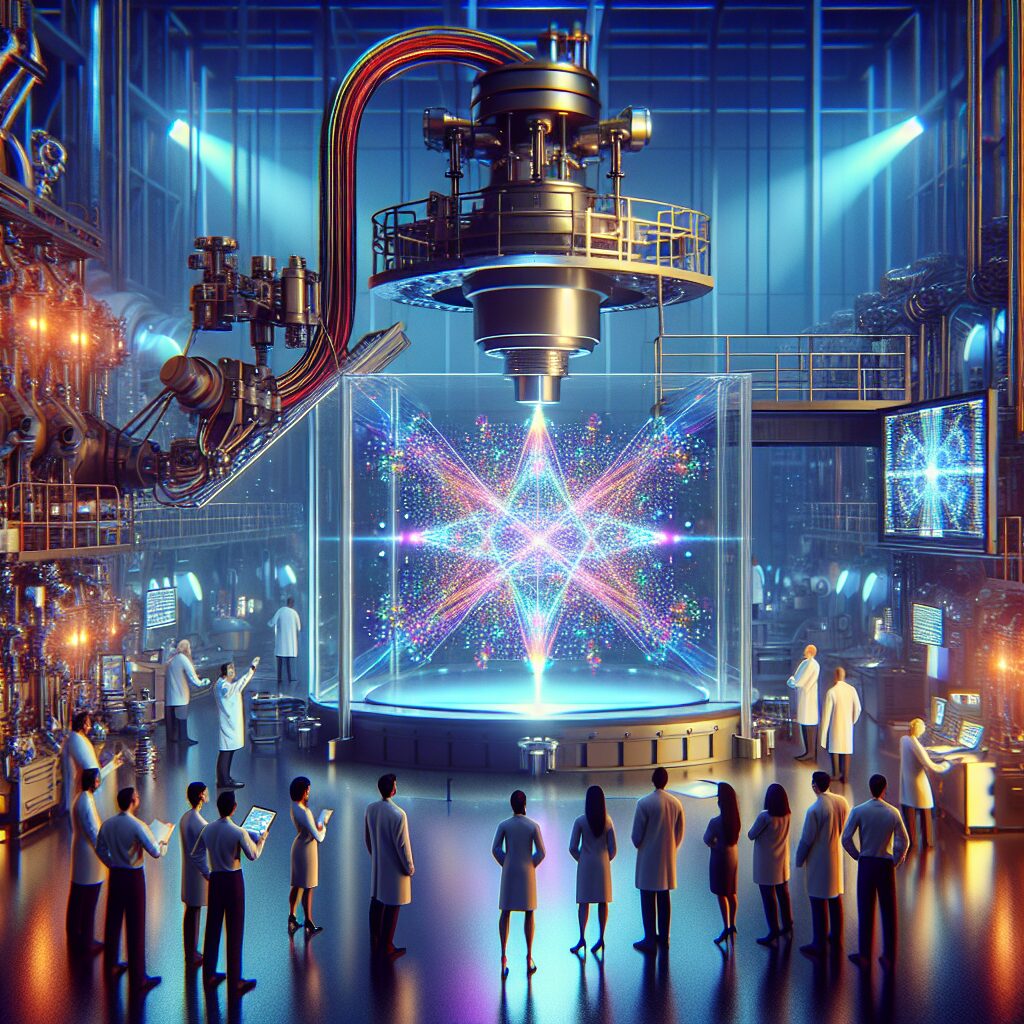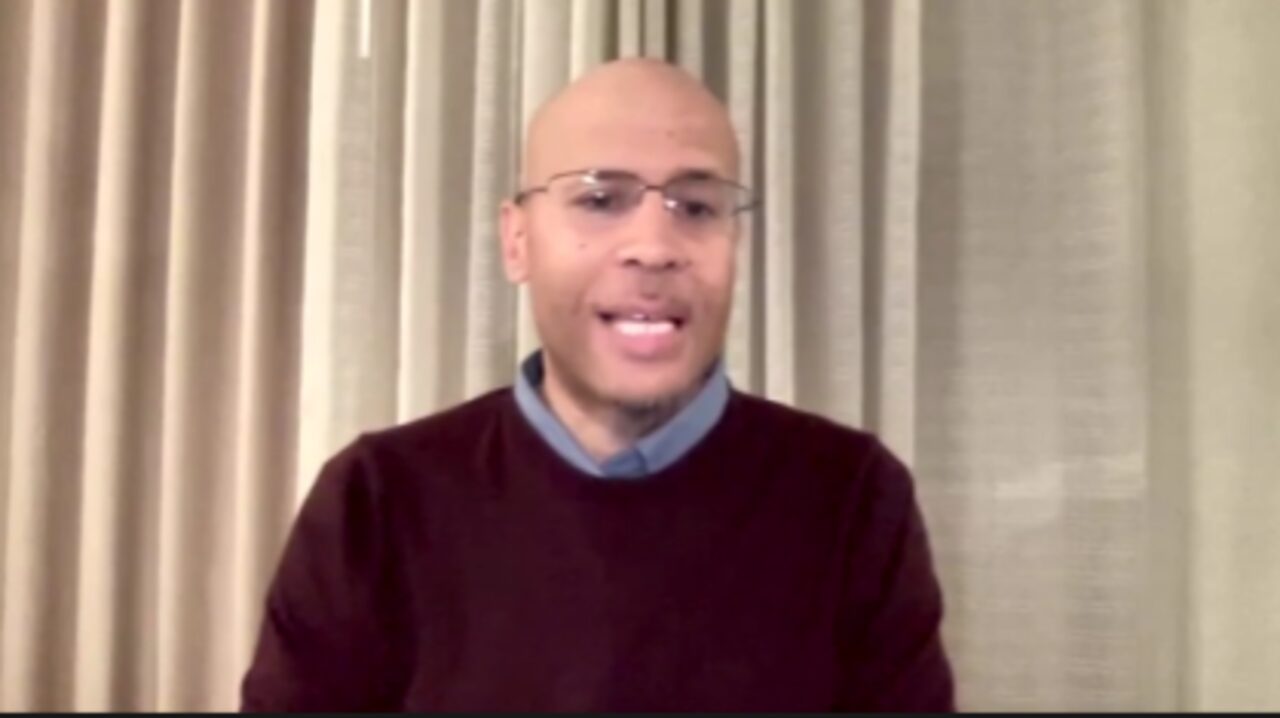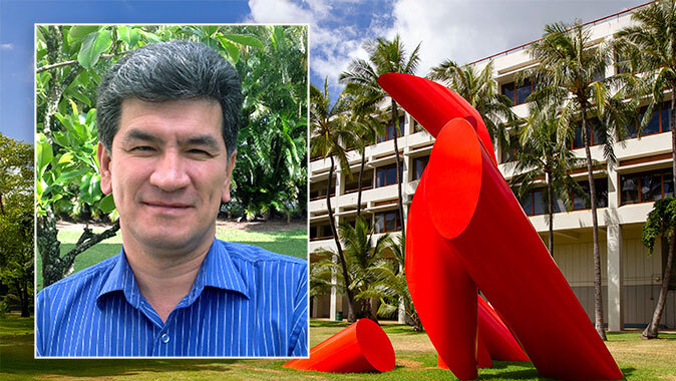A pair of recent studies have suggested that thousands of unidentified flying objects (UFOs) may have been captured in photographs taken during the 1950s. Research led by astronomer Beatriz Villarroel from the Nordic Institute for Theoretical Physics posits that these “transients”—fleeting, star-like objects of unknown origin—could represent extraterrestrial visitors. The findings are published in peer-reviewed journals, including Nature’s Scientific Reports and Publications of the Astronomical Society of the Pacific.
The researchers analyzed approximately 2,000 photographic plates taken between 1949 and 1958 at the Palomar Observatory in California. This collection was part of the Palomar Sky Survey, one of the first detailed astronomical assessments of the night sky. Notably, these images were captured before any man-made satellites were launched, indicating that the observed phenomena were not due to human-made objects.
Villarroel and her team employed machine learning and imaging processing techniques to assess the brightness of objects recorded on these plates. Their analysis identified around 107,000 transient lights that resemble stars but do not fit the typical characteristics of fixed celestial bodies. While some of these transients were attributed to errors or imperfections on the plates, the researchers found that a significant number remain unexplained.
In their papers, the researchers highlighted a compelling correlation between UFO sightings and the occurrence of transients. They noted that there was a “small positive correlation” between the two phenomena, which was “well beyond chance.” The research indicated that transients were 45% more likely to appear within 24 hours of nuclear tests, suggesting a possible link between these sightings and military activities.
One of the most intriguing examples detailed in the papers was the appearance of multiple bright transients on July 19 and 27, 1952, coinciding with the famous Washington DC UFO Incident. During this period, there were hundreds of reports of flying saucers in the skies over the U.S. capital. The sightings from that time remain largely unexplained, adding weight to Villarroel’s claims.
Additionally, transients were observed on days when nuclear tests occurred. The final recorded transient in relation to a nuclear testing window was on March 17, 1956, just after the Joe 21 nuclear test in Russia, according to research from the University of Columbia.
The study also reported a unique instance where multiple transients were aligned in a straight line across a single photographic plate, an occurrence deemed unlikely to be caused by any known natural phenomenon. The authors concluded that their findings support the hypothesis that transients could be associated with both nuclear testing and reports of unidentified aerial phenomena.
Overall, these studies contribute to an ongoing conversation about the potential existence of extraterrestrial life and the implications of military activities on such sightings. As scientific inquiry into this subject continues, the findings from Villarroel and her colleagues offer a fresh perspective on historical UFO reports, inviting further exploration of the skies above.







